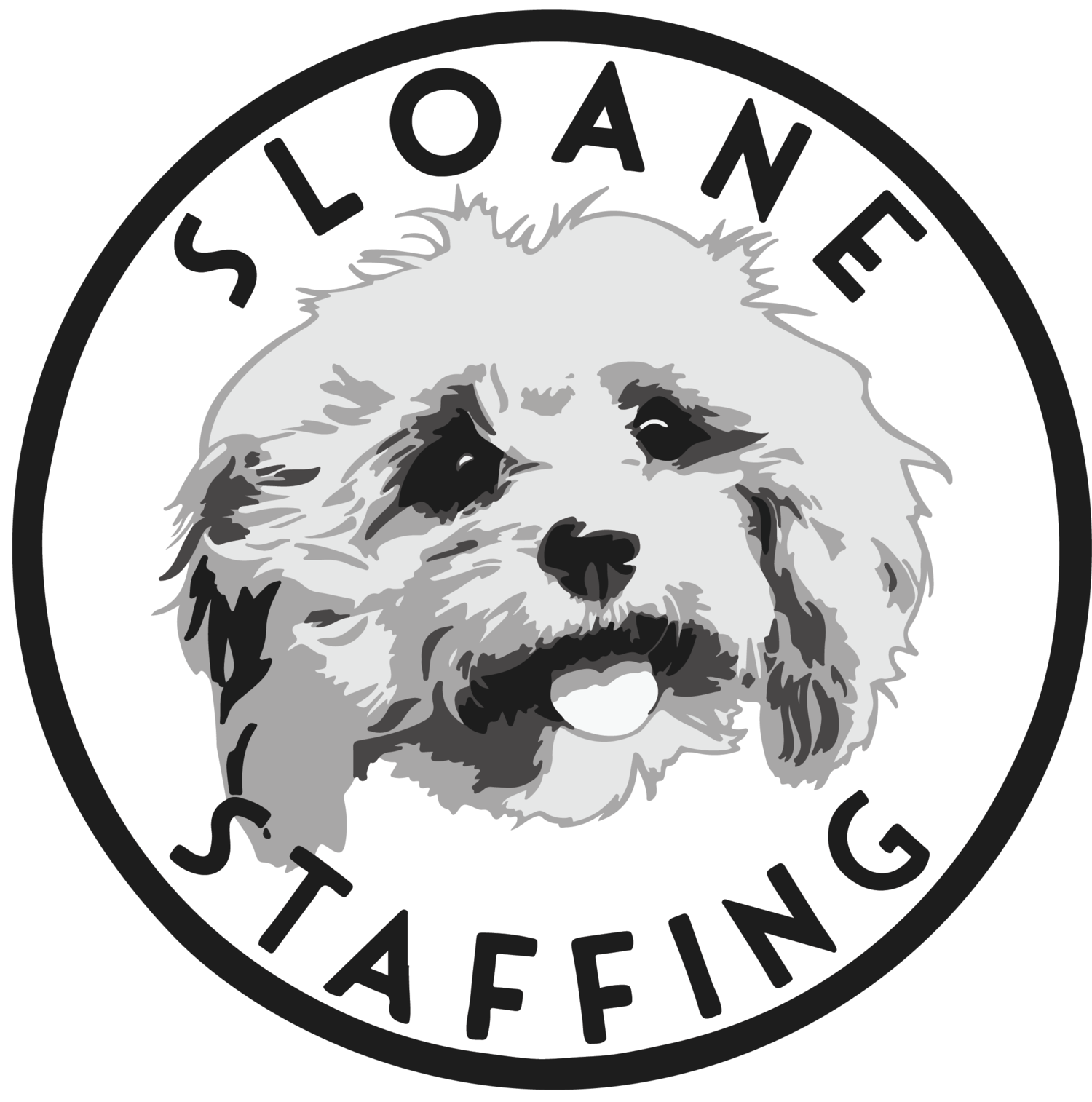How To Build A Successful Web Team
Building a successful web team is like building a hotel - you become a repository of visitors who engage with your service or product, who come to your establishment to receive a seamless journey from check in to room, to dinner, to breakfast and beyond, with the ultimate goal of making the experience so personalized, so efficient and of such quality they have to come back.
The service received throughout your guests stay is the result of a huge workforce behind the scenes, creating and curating the perfect customer experience - for all the trappings of the building itself, it’s the people who create the visitor experience, and their personality and creativity is what dresses the set.
Building a digital team capable of not only curating this winning experience online but maintaining and improving it, is the core conceit of a web team - that collection of tech-focused talent whose priority is to perfect your online offering, by providing: direction and support to meet demand; securing your data streams; providing the basis of all your marketing; command of your SEO strategy and content building; and use of their skills to communicate the effectiveness of digital brand building to executive leadership and further stakeholders.
A rather unfortunate irony of digital web teams is that because the mode of delivery is screen-based, and therefore relatively impersonal, to the layperson the creation and maintenance of this space is considered detached from physical or personal connection, developed in a silo by solitary computer engineers writing code - this could not be further from the truth.
Effective web teams are multi-purpose collections of talented tech specialists, with individual roles in any enterprise established by taking stock of a range of metrics, and hiring accordingly - the size of the company, the scale of digital reach, industry, budget, and growth potential.
To meet the demand of a highly digital present and an increasingly digital future, executive teams are building web teams capable of handling the rise in web demand but who can also incorporate a constantly innovating culture. And, after all, a team is only as good as the sum of its parts, and in any web team, the overall balance of specialist knowledge to leadership has to find equilibrium or the whole digital edifice collapses.
What talent should a web team consist of?
Let’s return to our hotel metaphor: if you have too many front-of-house staff and not enough chefs, what happens to your overall service level? Customer service would be impeccable, award-winning, brilliant...but your guests would have no food and go to bed hungry or, worse yet, go to a competitor in search of a meal.
The same stands within web teams - you need to find a balance between the creative engineers, the maintainers, the executive leadership and the customer-facing team. They all have to pull in the same direction and work towards the same ends.
This piece highlights a core collection of 6 roles that make up the basics of a web team:
Content
Web Design
HTML/CSS Development and Scripting
SEO, Marketing & CRM
Hardware and software infrastructure and security
Operations/General management
How to make the most of your Web Team
Although there will be huge variances based on the industry, size of the company, and specificity of digital need, the above are the basics - operational oversight, front of the house, back of the house, UX design, and SEO/marketing.
There are two important criteria you need to understand before you begin the process of hiring or developing your web team:
Do you understand the scope of what your web team is tasked with doing?
IE: Are your web team the executive decision-makers on the delivery of your web product? Or are they simply service providers?
And:
Is the proposed team able to effectively deliver consistent results?
IE: do the individuals who are part of the team have experience in specific project delivery?
The first question is vital. The second question is where your hiring instinct takes over.
What other web team roles are there?
Other, more specific roles such as IT architect, content editor, PR, and graphic designer should be incorporated as and when required - for example, at scale, or for specific project rollouts.
In those instances, extra operational oversight can be included, such as steering groups - executive oversight members who may not have direct control of project roll-out, but who provide budgetary, industry, wider enterprise, and mentor-like cross-departmental advice and control from different parts of an enterprise to any given IT project or series of IT projects.

